
Jama Connect® Features in Five: Azure DevOps Integration
Learn how you can supercharge your systems development process! In this blog series, we’re pulling back the curtains to give you a look at a few of the powerful features in Jama Connect®… in about five minutes.
In this Features in Five Integration Series video, Susan Manupelli, Solutions Architect at Jama Software® – will demonstrate the Azure DevOps integration with Jama Connect®.
VIDEO TRANSCRIPT
Susan Manupelli: Hello, and welcome to the Features in Five Integration series. My name is Susan Manupelli, and I’m a Senior Solutions Architect at Jama Software. Today, we will be walking through Azure DevOps integration. We make it possible for you to integrate Jama Connect with your preferred best-of-breed software to achieve Live Traceability™ across the end-to-end development cycle.
Live Requirements Traceability is the ability for any engineer at any time to see the most up-to-date and complete upstream and downstream information for any requirement, no matter the stage of systems development or how many siloed tools and teams it spans. This enables significant productivity and quality improvements, dramatically reduces the risk of product delays, cost overruns, defects, rework, and recalls, and ultimately results in faster time to market.
RELATED: Jama Connect® Integrations for Live Traceability™
Manupelli: Before I demonstrate the integration, I’d like to share a slide that depicts the flow of information. The top represents our process as defined in Java Connect through relationship rules. At the bottom, we’re depicting Azure DevOps. This slide illustrates an implementation task in the form of a user story that syncs up into Jama Connect, as well as a defect created in Jama Connect that syncs down to Azure DevOps. The beauty of this integration is that developers can stay in their tool of choice, in this case, ADO. Product owners can stay in Jama Connect, yet both sides have access to the details of the task. More importantly, the task and related status become part of what’s Live Traceable in Jama Connect. Let’s demo this.
Here we are in Jama Connect. The integration can be configured as a bidirectional sync, so it doesn’t matter whether I create the task in Jama Connect or ADO. First, we’ll decompose a software requirement into a development task that’s in the form of a user story. Here we have a login requirement software requirement. I’m gonna go ahead and add a related downstream user story, which will bring up the form to create a new user story. Notice the editor template feature in Jama Connect prepopulates these with standard user story verbiage. So as a user, I need to log in so that I can view my account. We’re gonna go ahead and set the status to new, and then we’re gonna save and close.
Jama Connect is prompting me to where I wanna save this, so I am going to go ahead and save this where the user stories live in my hierarchy. Notice that upon saving, automatically, the relationship widget indicates the fact that I have traceability, and I could see that traceability back to the software requirement. Within seconds, this user story will flow into ADO.
And you can see that it’s completed already. The integration URL has been populated, and I can navigate this URL, which will open up the item ADO. Let’s take a look. Here we are in ADO. You can imagine the developer has been assigned to implement the user story. They may add some context to the description. They may go ahead and add a comment, And they may go ahead and indicate that they’re starting to work on this user story by changing the status to active.
Notice that the developer can traverse a URL back to Jama Connect to see the requirements that are driving the user story. These links are handy, but the real advantage is the fact that the changes the developer made within seconds will be visible to anyone working in Jama Connect. Let’s flip back to Jama Connect and take a look. Notice the changes the developer made are now visible here in Jama Connect. The product owner can view and respond to the developer’s comment, and notice that the status has also been updated.
RELATED: Traceable Agile™ – Speed AND Quality Are Possible for Software Factories in Safety-critical Industries
Manupelli: The updated status is reflected in a trace view that we can see here automatically, as well as any dashboard reports we have for user stories. So that’s Live Traceability in action. As a reminder, this thing can be configured by directional. So if your process varies and you create user stories in ADO, we support that use case as well.
Here we are in ADO. Let’s create a new user story. Let’s give it a title and give it a description, and let’s go ahead and save this. Within fifteen seconds, this user story will flow into Jama Connect. Here we are back in Jama Connect’s dashboard. Notice the widget showing these stories that are missing upstream relationships? That new user story has shown up here. Let’s open it.
Now let’s relate to existing and find the requirement that the user story fulfills, and we’re gonna go ahead and relate. Notice the traceability is updated automatically. This completes the traceability between the requirement and the user story.
Thank you for watching this Feature in Five session on the Azure DevOps integration for Jama Connect. If you are an existing customer and wanna learn more, please reach out to your customer success manager or consultant. If you’re not yet a client, please visit our website at jamasoftware.com to learn more about the platform and how we can help optimize your development process.

![[Webinar Recap] Bridging ALM and MBSE: Strategies for Seamless Integration [Webinar Recap] Bridging ALM and MBSE: Strategies for Seamless Integration](https://www.jamasoftware.com/media/2024/07/Bridging-ALM-and-MBSE-Strategies-for-Seamless-Integration-1.png)



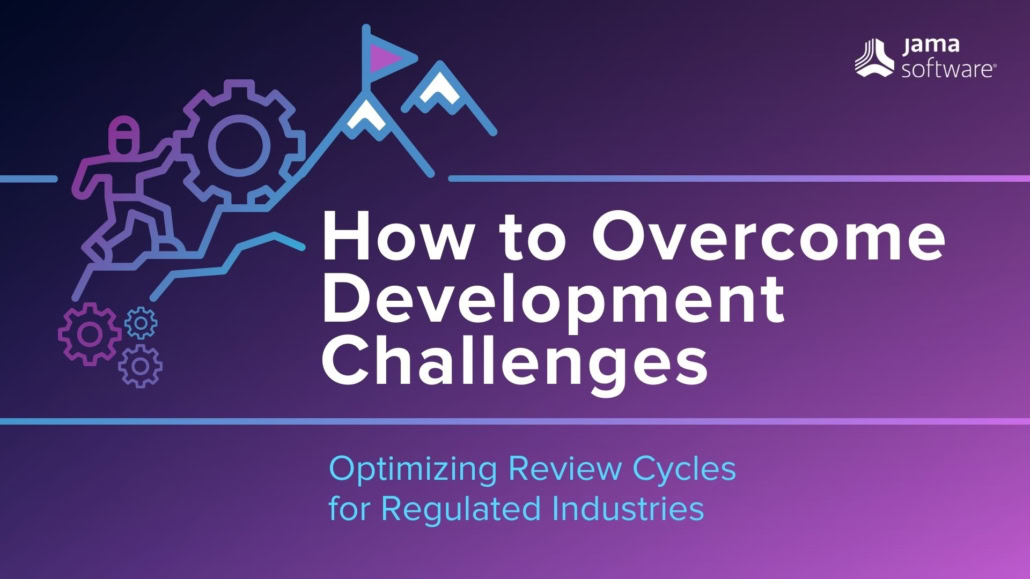
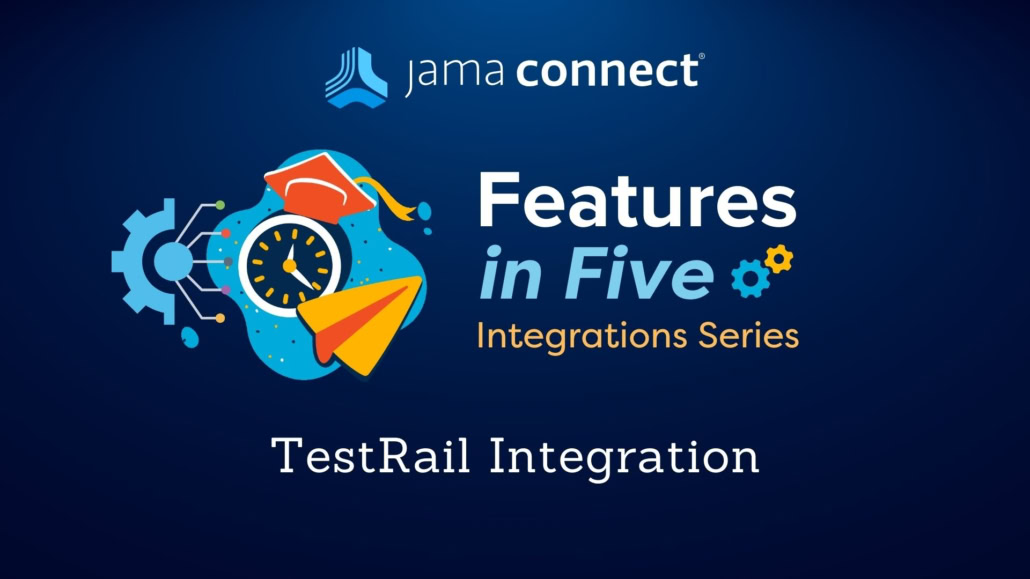
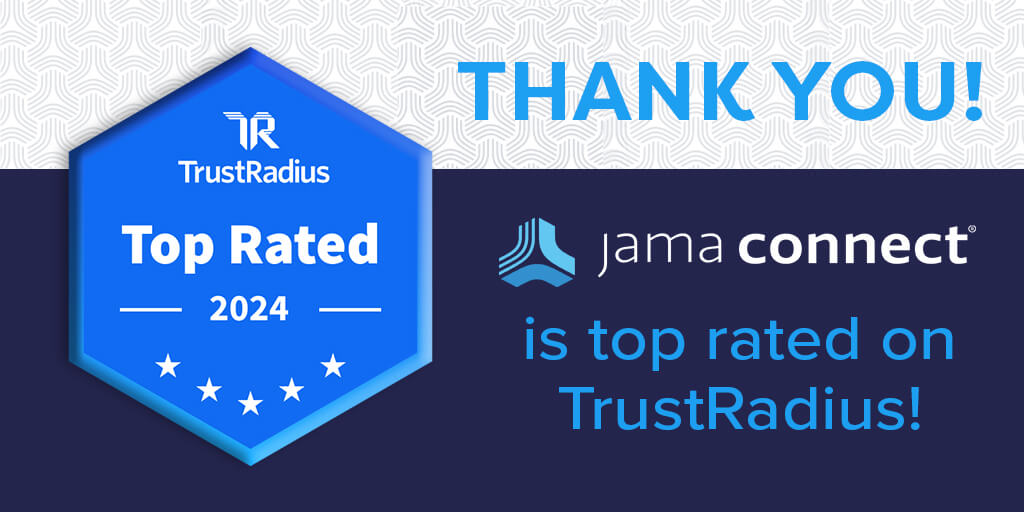
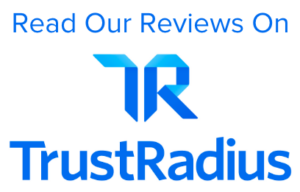
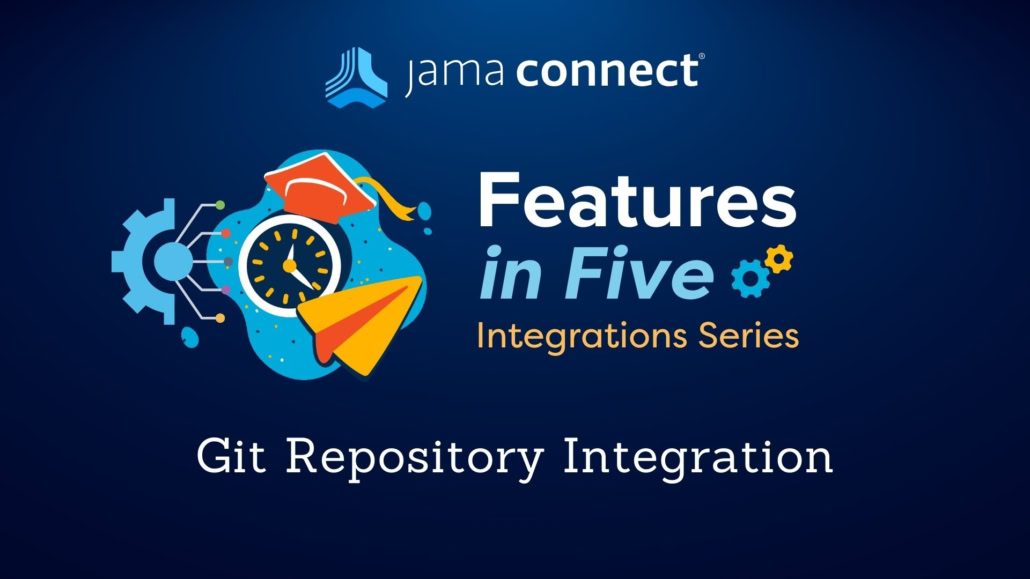
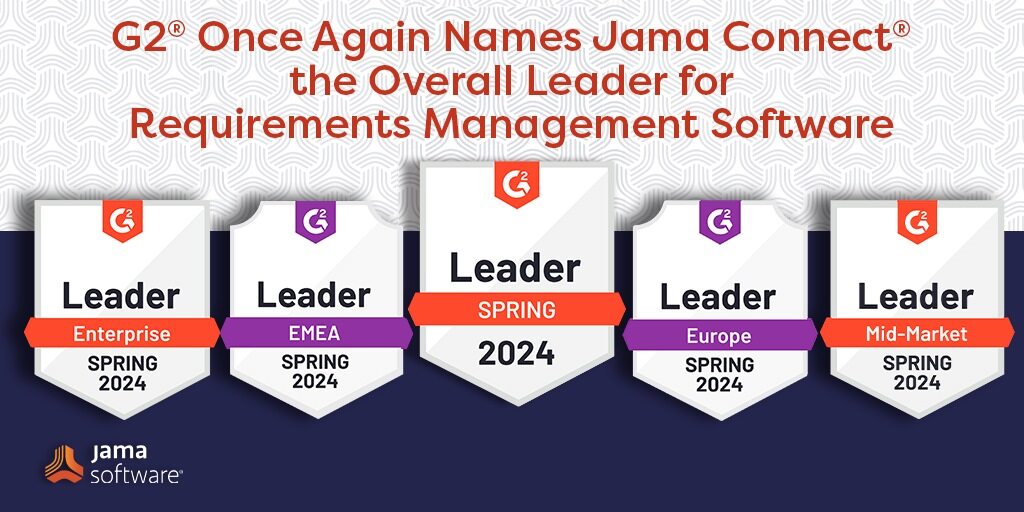
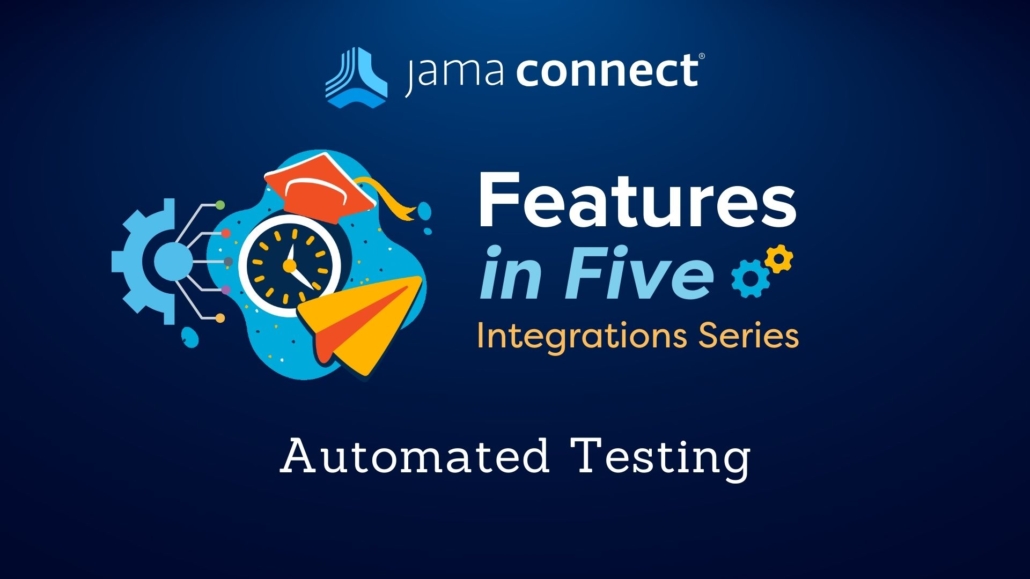
![[Webinar Recap] Best Practices for Writing Requirements [Webinar Recap] Best Practices for Writing Requirements](https://www.jamasoftware.com/media/2024/03/Best-Practices-Webinar-Recap-Blog.png)